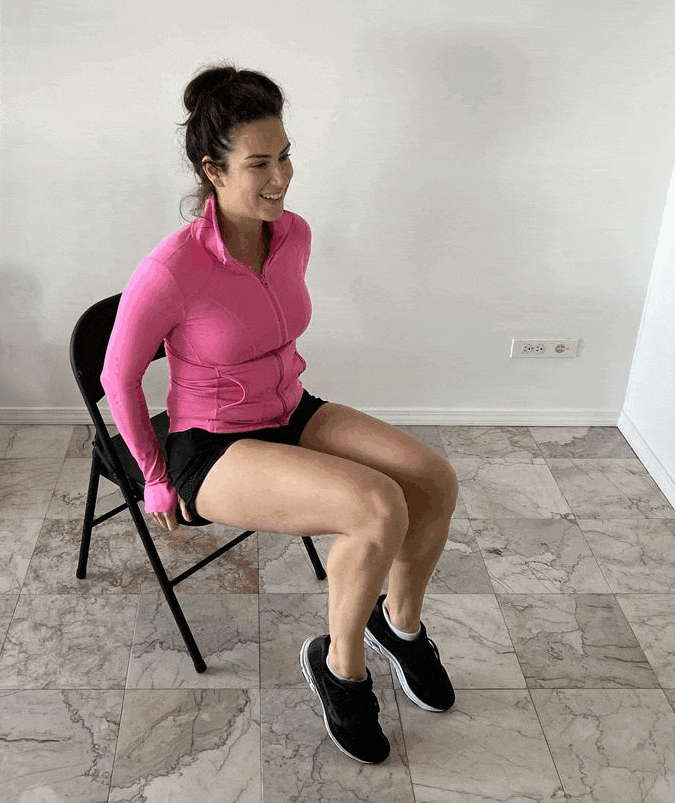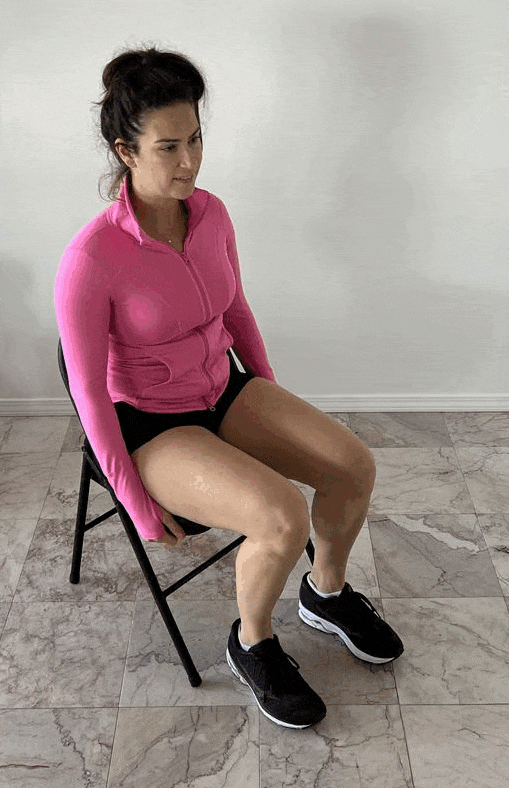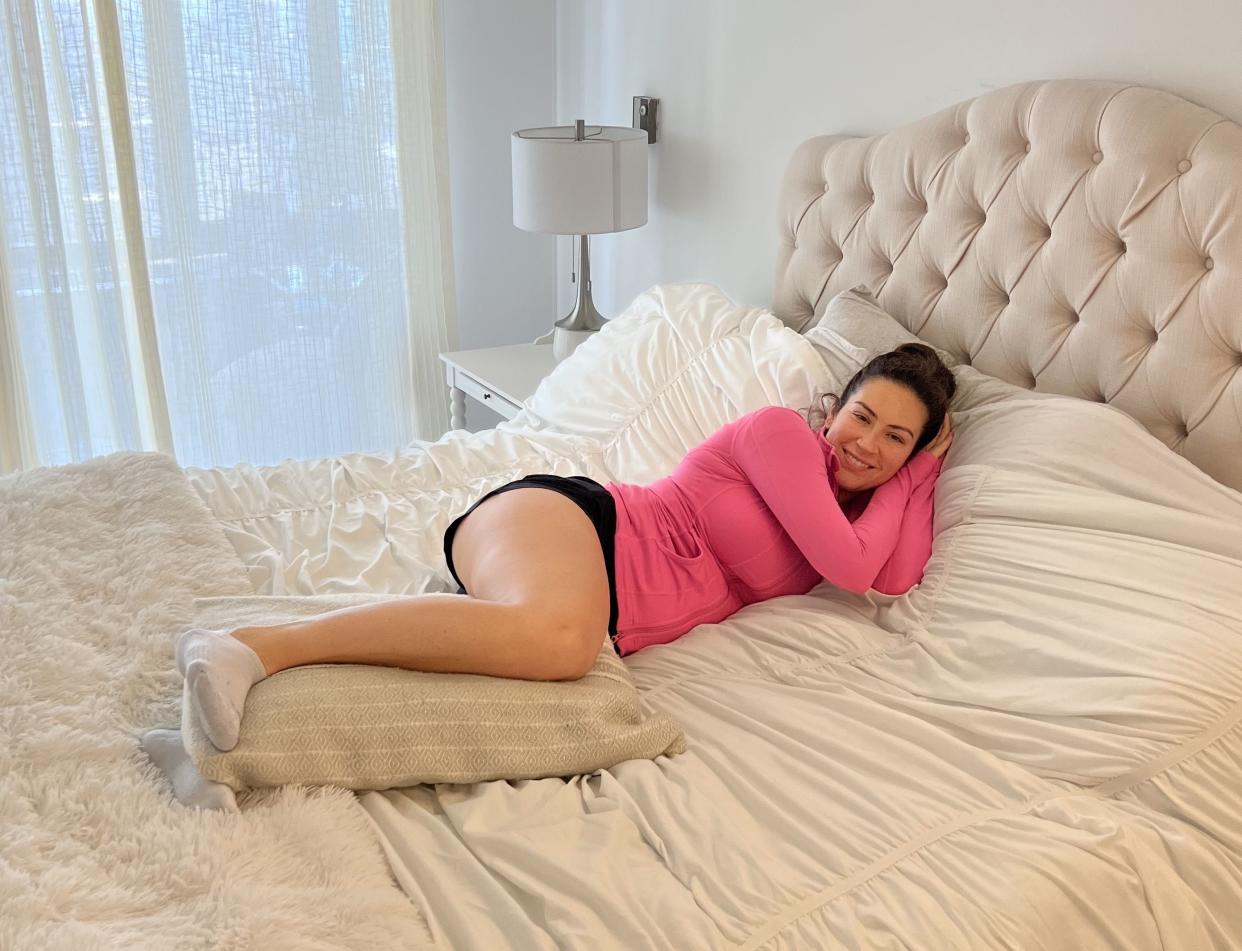How to Relieve Lower Back Pain: 7 Easy Ways to Reduce Back Pain
Does your low back hurt? You're not alone.
Low-back pain is a nagging problem for many people. Almost 65 million Americans report a recent episode of back pain, according to the Health Policy Institute at Georgetown University. One study cited by the CDC found that "it was the most common type of pain reported by patients, with 25% of U.S. adults reporting low back pain in the prior 3 months."
Some more serious issues that can cause back pain — like a disk injury or structural problem — require attention from a doctor or chiropractor. So always check with your doctor about any pain you’re feeling. But oftentimes pain in the low back is caused by strained muscles or tendons, weak abdominal muscles and poor posture. The good news? These are all things within our control.
There are some everyday tricks that you can implement to avoid and reduce low-back pain. For many of us, being stuck at a desk (and in a car and on the couch) all day without moving causes an uncomfortable tightness in the hamstrings, erector muscles of the spine and hip flexors. Strengthening the core, loosening up tight muscles and training the body to hold itself with better posture can all help.
Modify your workout to be low-impact
Many people with back pain avoid exercise out of fear of making it worse. While it is true that high-impact movements can be tough on the joints and exacerbate pain, exercise strengthens your core and helps you shed extra weight — two things that are vital in reducing back pain. You can modify almost any exercise to get just as good of a workout minus the impact! Even traditionally high-impact moves like jumping jacks and burpees have low-impact modifications. For a modified jumping jack, stand straight with your arms at your side. Move your right foot out to the side of your body while lifting your arms above your head. Bring the right leg back to start, and immediately bring the left foot out to the side of your body. Alternate back and forth, with no pause in between. Here are some other low-impact exercises to add to your routine.
Strengthen your core at your desk
Having a desk job may be beyond your control — but that doesn’t mean you have to remain completely sedentary. There are even exercises you can do to strengthen your core without getting out of your chair, like seated reverse jack knives. Simply sit on the edge of your chair, maintaining an upright chest as you lean slightly back. For stability, grab onto the sides of your chair as you extend your legs out in front of you and engage your core. Pull your knees in tight, then extend straight. Repeat 10 times.

Stretch your back throughout the day
Another easy way to keep pain at bay is to stretch the muscles in the back of the body that get tight from sitting and carrying out everyday activities. The seated child’s pose is another move that is easy to do at your desk while you’re listening to a meeting or when you need a one-minute break. Sit on the edge of your chair, making sure that your upper thighs are supported by the chair. Position your feet as wide as your knees and your knees as wide as your hips. Lean forward, allowing your torso to hang forward over your legs. Allow your arms and hands to fall naturally to the ground on either side of your feet. Relax your head and neck to release tension in the neck, shoulders and back. Focus on steady, even breaths while maintaining a rounded spine. Hold for 5 slow, deep breaths.

Stand up and walk around once an hour
Walking engages muscles such as the hamstrings, hip flexors and erector muscles located in the spine. Avoid being sedentary and sitting all day by getting up and walking around the house or office every hour. I also highly recommend getting in a longer 30-minute walk on your lunch break. Walking can drastically improve low-back pain by lessening agitation in the joints from remaining stagnant for long periods of time. Plus, it’s a great energy and mood booster during the work day!
Support your back while you sleep
Bet you didn’t realize you can also be doing damage to your back while you sleep, did you? It’s true. The position that we sleep in can also strain the low back. Luckily, grabbing an extra pillow and trying this effective sleeping position can help. Lying on your side, place a pillow between your knees and calves in a vertical position so that the pillow extends down your legs. This position aids in maintaining proper spinal alignment and reduces low-back pain.

Keep your hips loose
A sedentary lifestyle can cause the hip flexors to tighten and shorten, which can pull on the low back, causing pain. Making it a habit to step away from your desk and stretch throughout the day can make a big difference in combatting hip and back pain. Some hip stretches that are great to try include low lunges, figure four and bridge pose. Get more stretches to loosen up the hips here.
The ultimate low-back hack: learn how to properly engage your core!
My ultimate trick to help manage low-back pain is to engage the muscles that are opposite of the back and help support the back muscles: the abs! To properly engage the abs, pretend that you’re pulling your belly button away from a sharp object, in toward the spine. This causes the transverse abdominis, the deepest ab muscle, to turn on. This can be done whether you’re standing, sitting, reaching for something out of a cupboard, squatting down or playing with your kids. Engage this abdominal muscle whenever you can, regardless of what you’re doing, in order to train your body to utilize your core properly in everyday movements and take pressure off of your low back.

